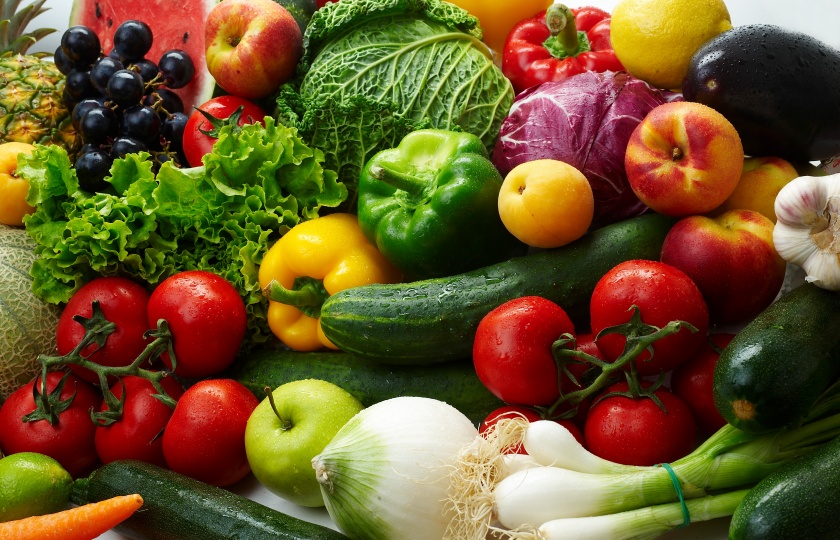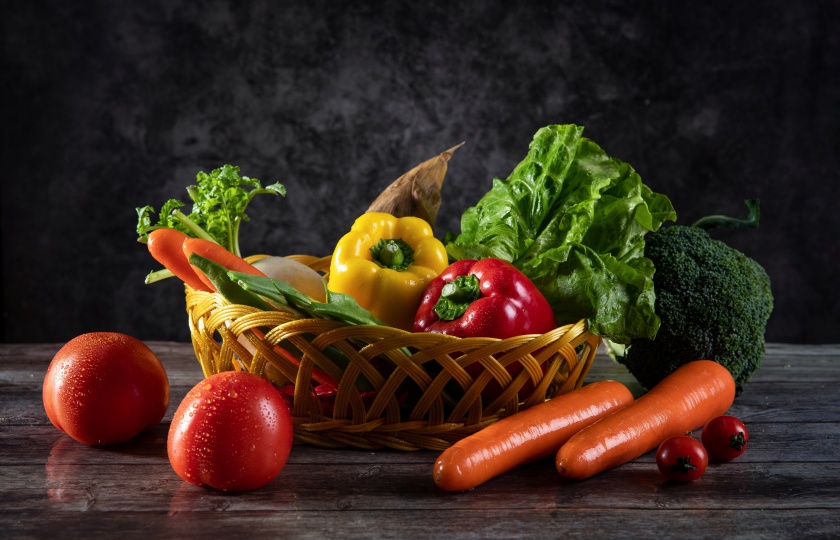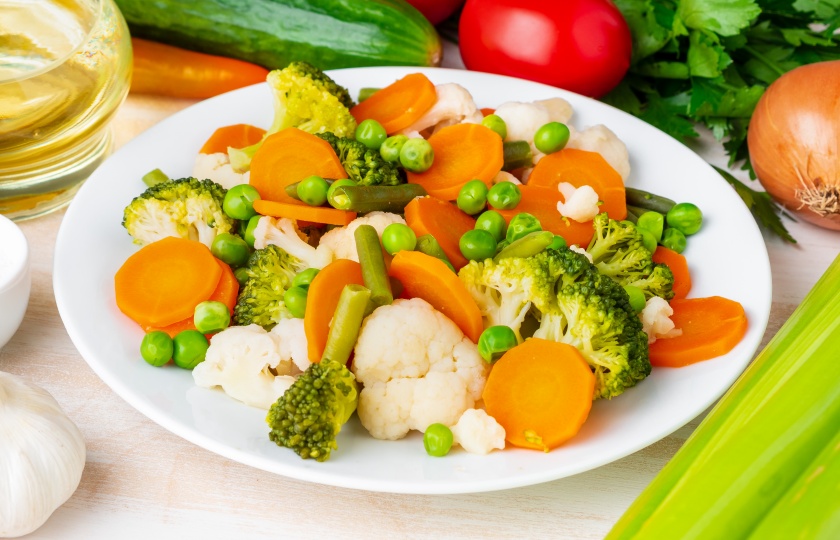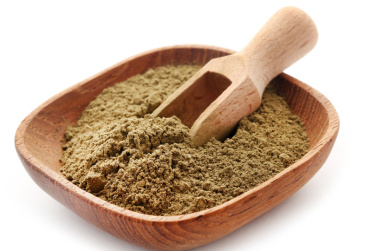Think About: Are Vegetables Better Raw or Cooked Nutrion

Vegetables are common in daily diet. But is it more nutritious to eat them raw or after being cooked? This is a question worthy of exploration. Now let's compare and analyze the differences between the two.
Benefits of eating raw
Eating vegetables raw does have many benefits.
First of all, vitamin C can be basically completely retained. If heated, a lot of vitamin C will be lost. For example, green peppers and broccoli have a particularly high vitamin C content when eaten raw.
It can also retain the enzymes in vegetables. These enzymes are very helpful for digestion and metabolism.
The taste is crisper. Take lettuce and cucumbers for example. The crisp and tender taste is much better than when cooked.
It is also quite time-saving and convenient. There is no need to spend time cooking them.
And you can taste the most original taste of vegetables. Many vegetables have a unique fragrance when eaten raw.
Benefits of eating cooked
Eating cooked is easier to digest and absorb. Heating destroys the plant cell wall, and nutrients are more easily absorbed by the human body. Root vegetables such as carrots and pumpkins are more beneficial for nutrient absorption when cooked.
It can improve certain nutritional values. The absorption rate of lycopene in tomatoes is greatly increased after being cooked. Iron in green leafy vegetables such as spinach is more easily absorbed by the human body after being cooked.
Some vegetables will produce new beneficial substances after heating.
Eating cooked is safer. High temperature can kill bacteria and parasites and can decompose substances harmful to the human body. Anti-nutritional factors in legumes will be destroyed after heating.
Eating cooked has a richer taste. It can be combined with different seasonings. Different cooking methods can make the taste more diverse. Some vegetables are sweeter and more delicious after being cooked.
Eating cooked is suitable for more people. The elderly, children, and people with weak gastrointestinal functions are suitable for eating cooked food. It can be cooked with other ingredients to make the nutrition more balanced.

How much nutrition will be lost if vegetables are cooked for a long time?
If vegetables are cooked for a long time, 30% to 80% of the nutrition will be lost. Among them, vitamin C is lost the most severely, which can reach more than 70%.
Different cooking methods cause different degrees of nutrition loss. If boiled for more than 15 minutes, more than half of vitamin C will be lost; if stir-fried for more than 5 minutes, about 30% of vitamin will be lost; if steamed within 5 minutes, the nutrition loss is the least, about 20%.
Water-soluble vitamin B group and minerals such as potassium, sodium, and calcium will also be lost by 30% to 50% as the cooking time becomes longer.
In daily life, green leafy vegetables can be blanched quickly for 1 minute. Root vegetables are best controlled within 10 minutes.
When stir-frying vegetables, use high heat for quick stir-frying. When steaming vegetables, control the heat well. This can not only make the vegetables taste good but also retain nutrition to the greatest extent. Don't add too much water when cooking. Covering appropriately when stir-frying can also reduce nutrition loss.
How to judge whether a vegetable is suitable for eating raw or cooked?
Judging whether a vegetable is suitable for eating raw or cooked is actually very simple. Mainly look at these points: taste, safety and nutritional value.
Vegetables like lettuce and cherry tomatoes that are naturally tender and crisp taste best when eaten raw. Just wash them thoroughly and eat them directly. Root vegetables like carrots and cucumbers are also very appetizing when eaten raw. Especially having some cold cucumbers in summer is both cooling and appetizing. However, vegetables like eggplants and legumes can easily cause gastrointestinal discomfort when eaten raw and must be cooked.
It is best to soak the vegetables bought home in salt water or baking soda water first, so as to remove pesticide residues. When cooking at home, it is recommended to choose cooking methods according to the season and personal taste. For example, make more cold dishes in summer, and stir-fry or make soup in winter. This is both nutritious and delicious.

Which vegetable retains more nutrition when boiled or steamed?
In terms of nutrition retention, steaming is indeed better than boiling. Boiling easily causes vitamin C and some water-soluble nutrients to be lost into the soup, and the longer the boiling time, the more nutrients are lost.
When steaming, vegetables basically remain unchanged, with relatively less loss of nutrients and better taste. For green leafy vegetables like broccoli and flowering cabbage, after steaming, they can still maintain a tender taste and beautiful color.
However, boiling is not necessarily bad. The key is to master the time. For example, it is enough to blanch green leafy vegetables for 30 seconds. Take them out and cool them. The color is emerald green and the taste is also good. And don't pour out the boiled soup. It can be used to make soup or stir-fry other dishes so that the nutrition will not be wasted.
If you want the best of both worlds, you can try using a steamer. Boil soup below and steam vegetables above. In this way, both nutrition and taste can be taken into account.
Which vegetables are suitable for eating raw?
Leafy vegetables:
Lettuce: Crisp and tender in taste, rich in nutrients such as vitamins and dietary fiber. Eating raw can retain nutrition to the greatest extent and also taste the refreshing flavor.
Kale: Rich in various vitamins and antioxidants. Eating raw directly can avoid the loss of nutrition due to heating.
Root vegetables:
Carrot: Cut into shreds or strips and eating raw has a unique flavor. You can also intake nutritional elements such as dietary fiber.
White radish: Sweet in taste and has an appetizing effect. Eating raw can obtain corresponding nutrition.
Fruit and melon vegetables:
Cucumber: Crisp and refreshing, with sufficient water. Eating directly quenches thirst. It contains vitamins, minerals, etc. Eating raw is convenient to obtain these nutrients.
Tomato: It can be eaten directly as a fruit or sliced and mixed in salad. You can taste the unique sweet and sour flavor and retain nutritional components such as vitamin C.
Other categories:
Onion: Although it has a pungent taste, shredding and eating raw in cold dishes is beneficial to health, and nutrients can also be better retained.
Celery: Wash the stem and cut it into sections and eat raw. You can not only take in nutrition but also enjoy the unique fragrant taste.























